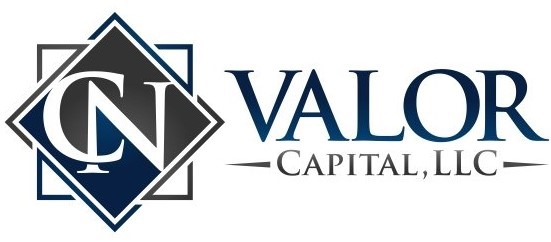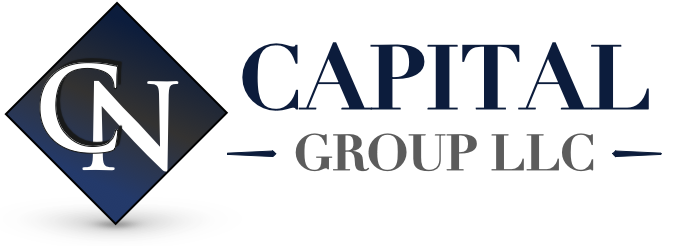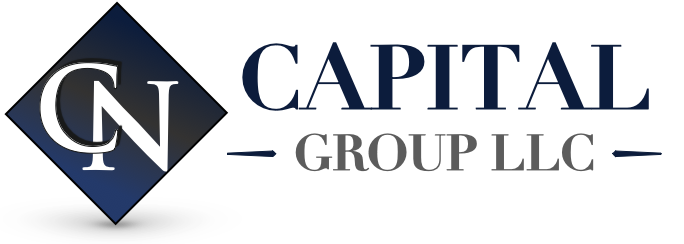Investment in various financial ventures is accompanied by complex mechanisms that determine the distribution of profits among different stakeholders. One such mechanism is the investment waterfall, a crucial component of many investment structures. In this article, we will delve into the mechanics of the investment waterfall, exploring its purpose, structure, and variations. By decoding the investment waterfall, readers will gain a deeper understanding of this fundamental aspect of investment management.
The Purpose of an Investment Waterfall
The primary purpose of an investment waterfall is to ensure a fair and equitable distribution of profits among the various participants in an investment project. This includes investors, who provide the capital, and sponsors, who manage the project and take on operational responsibilities.
By establishing a clear mechanism for profit distribution, an investment waterfall helps align the interests of investors and sponsors. It encourages collaboration, accountability, and a shared focus on maximizing returns. Additionally, the investment waterfall serves as a tool for mitigating conflicts of interest and incentivizing the achievement of project goals.

Basic Structure of an Investment Waterfall
At its core, an investment waterfall follows a specific structure that outlines the order and priority of payments. While variations exist depending on the specific investment model, there are common stages that are typically present in an investment waterfall.
The first stage often involves the payment of a preferred return to investors. The preferred return represents a minimum rate of return that investors receive before other parties can share in the profits. Once the preferred return is met, the subsequent stages of profit distribution come into play.
The next stage typically involves the return of capital, where investors begin to recoup their initial investment. This milestone is significant as it provides a level of security for investors, ensuring that they have recovered their principal before additional profits are distributed.
After the return of capital, a catch-up provision may come into effect. This provision allows the sponsor or manager of the investment project to receive a larger share of profits until a specified percentage is reached. This catch-up mechanism aims to compensate the sponsor for any disproportionate returns they missed during the earlier stages of the investment.
Finally, the remaining profits are distributed based on a promoted or carried interest structure. This provides an incentive for the sponsor or manager to perform well by granting them a share of profits above a predetermined threshold. The promotion structure can vary depending on the specific terms agreed upon between investors and sponsors.
Preferred Return
The first stage often involves the payment of a preferred return to investors. The preferred return represents a minimum rate of return that investors receive before other parties can share in the profits. Once the preferred return is met, the subsequent stages of profit distribution come into play.
The preferred return is calculated based on a predetermined rate, typically expressed as a percentage of the initial investment. For example, if the preferred return is set at 8% and an investor contributed $100,000, they would be entitled to receive $8,000 before any additional profits are distributed.
Return of Capital
The next stage typically involves the return of capital, where investors begin to recoup their initial investment. This milestone is significant as it provides a level of security for investors, ensuring that they have recovered their principal before additional profits are distributed.
The return of capital is triggered once the preferred return has been satisfied. It allows investors to regain their initial investment amount, providing a degree of stability and reducing risk.
Catch-Up Provision
After the return of capital, a catch-up provision may come into effect. This provision allows the sponsor or manager of the investment project to receive a larger share of profits until a specified percentage is reached. This catch-up mechanism aims to compensate the sponsor for any disproportionate returns they missed during the earlier stages of the investment.
The catch-up provision ensures that the sponsor receives a fair share of the profits, aligning their interests with the success of the project. Once the catch-up threshold is reached, the profit distribution enters the next stage.
Promote or Carried Interest
Finally, the remaining profits are distributed based on a promote or carried interest structure. This provides an incentive for the sponsor or manager to perform well by granting them a share of profits above a predetermined threshold.








